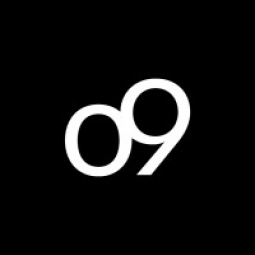o9 Solutions, Inc.
Case Studies
Transforming Demand Planning in Beauty Retail with IoT
Overview
 |
Transforming Demand Planning in Beauty Retail with IoTo9 Solutions, Inc. |
Platform as a Service (PaaS) - Application Development Platforms Sensors - Level Sensors | |
E-Commerce Retail | |
Logistics & Transportation Sales & Marketing | |
Demand Planning & Forecasting Last Mile Delivery | |
Operational Impact
| The implementation of o9's demand sensing features and Enterprise Knowledge Graph led to a transformative change in the company's demand planning process. The company was able to understand the drivers behind the growing channel shift across e-commerce, modern trade, and general trade channels. This allowed them to plan at a high level of granularity, reducing shortages and delivery delays. The solution also eliminated low-value manual work, enabling demand planners to focus on higher-level strategic tasks. The company was able to replace Excel with a more flexible and efficient platform, improving process orchestration and saving valuable time. | |
Quantitative Benefit
| Significant improvement in understanding the drivers of demand | |
| Increased forecast accuracy | |
| Improvement of process orchestration, resulting in winning back valuable time | |


